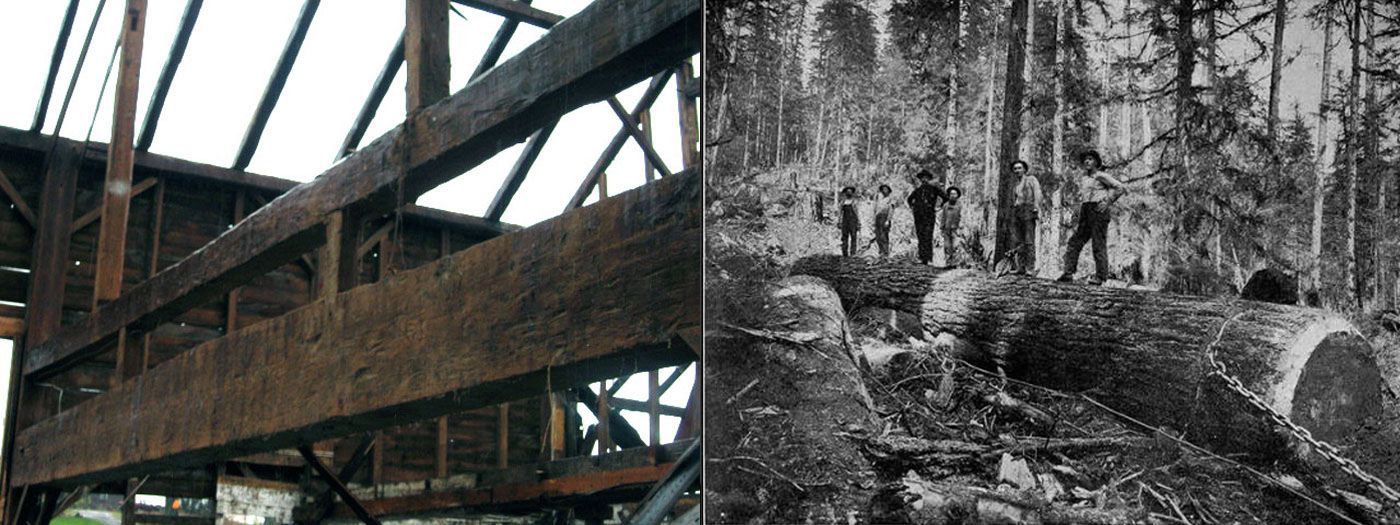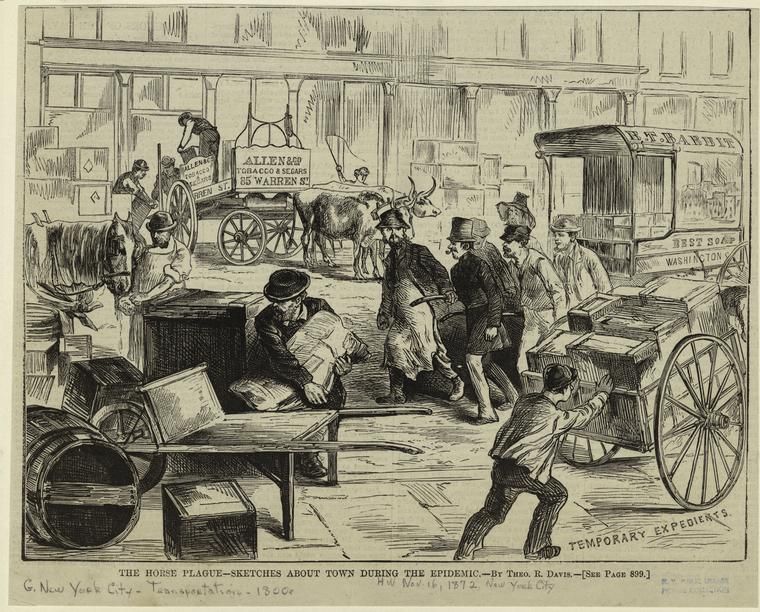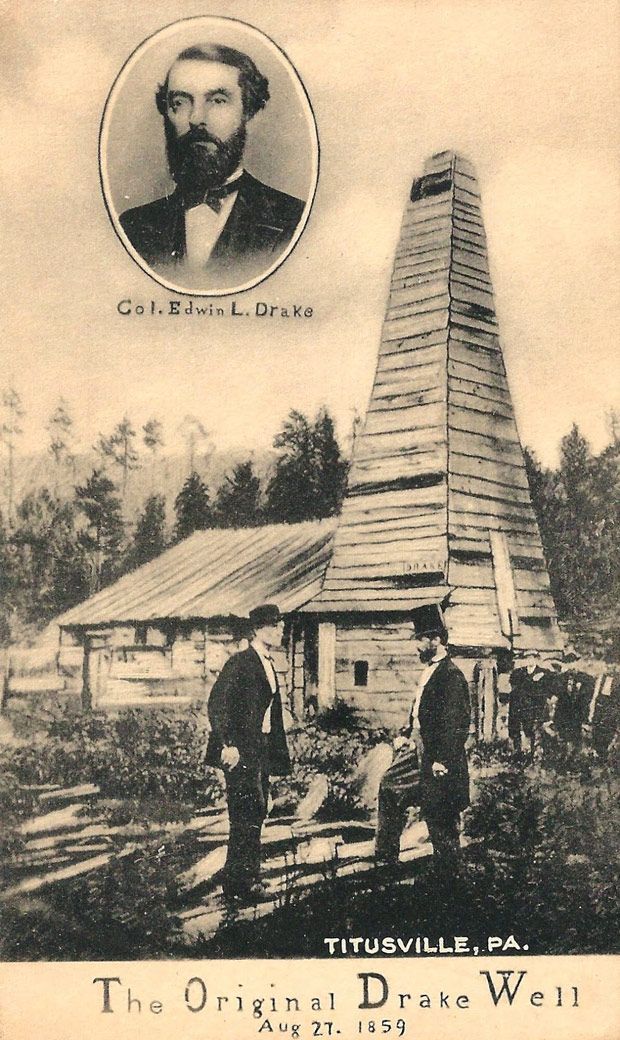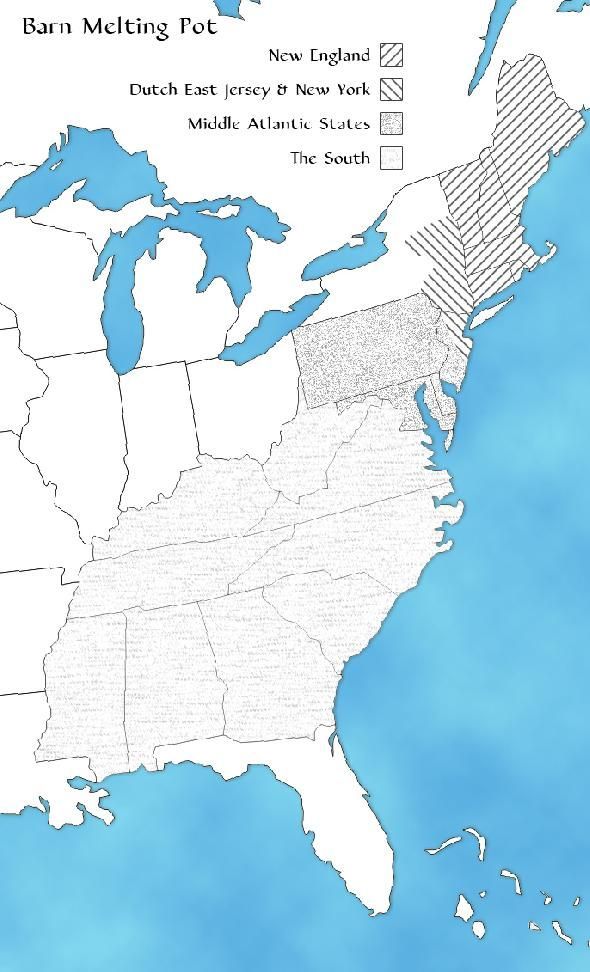Anatomy Of A Barn Treasure
One of the side benefits to working with old barns is that they were often the repositories of old things. Interesting old things. This series of articles is on the old things that we come up with in our barn work.
Take this old box for example. More properly, I should call it a chest. Being in a barn, I would have thought at first glance that it was an old tool chest. But let’s look more closely, and maybe we can do some detective work together and possibly find out what kind of life it led before winding up discarded in an old barn. Let’s look at the outside first before we venture inside.
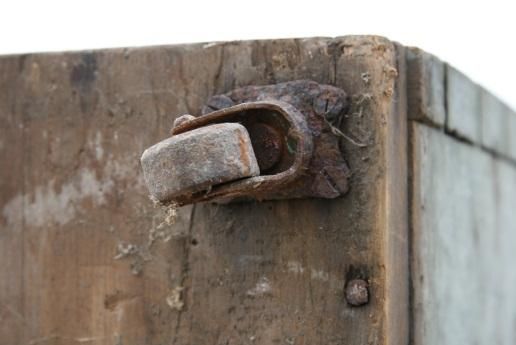
Slide title
Write your caption hereButton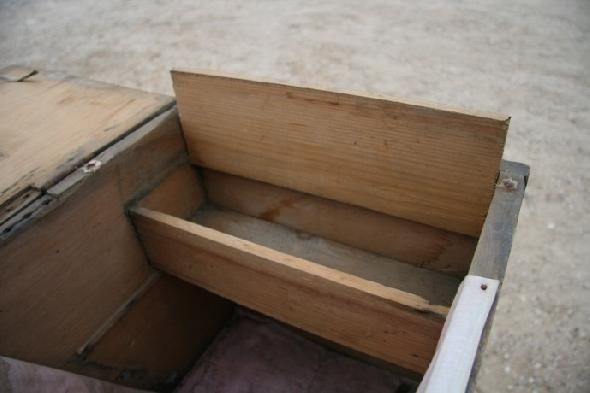
Slide title
Write your caption hereButton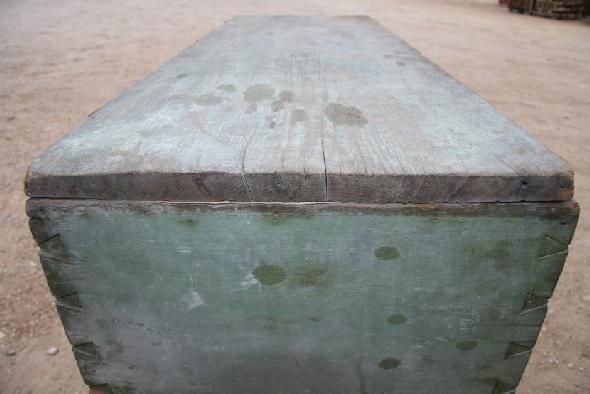
Slide title
Write your caption hereButton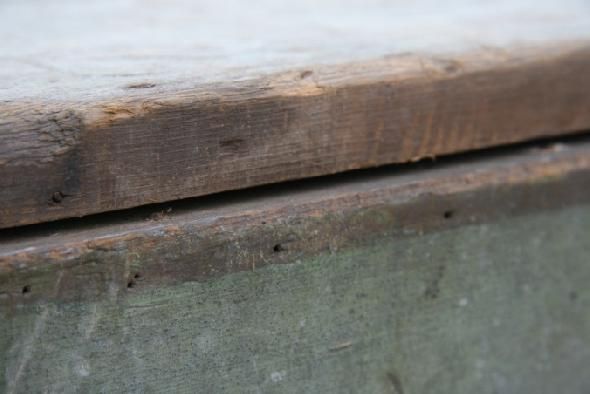
Slide title
Write your caption hereButton
The first thing we notice is the paint. It’s now faded and muddied, but at one time it was a pretty powder green, not the kind of color a workman might paint his toolbox. Next we see that the top and all the sides and bottom are single-width boards, not two or more boards glued together.
Their tight grain indicates they were cut from virgin pine trees growing before the first settlers arrived. Is it an old box perhaps from the late 1700’s!? Next we notice that the hinges have been moved. They were originally mortised into the top and back boards.
Opening up the lid, we see the reason why. The old screw holes are wallowed out from use, and when we take the old iron hinges off, they still don’t match the original holes. This is a good sign in a way, because these steel hinges are not old. They date to only the early 1900’s. This box would have had hand-forged hinges if it was as old as I think it is.
Looking around the top edge of the box lid, we see that the lid does not cover the box completely. It comes up short of the sides. Looking closer we also see some unusual round holes with rings around them. It seems that they were made by brass tacks with round heads that held fabric or leather on the top of the box, probably a stuffed cushion so a person could sit on the box, and this stuffing would bring the size of the top out to meet the edges of the sides.
Now a closer look at the inside to see what secrets it will reveal: It’s lined with a faded pink fabric. But the fabric is tacked in place and overlies the original hinge mortises, therefore it is not original, but a clue just the same to the mystery use of this box. And there is a box with a lid on it built into the end of the chest. Its lid pivots on two wood pins that are extensions of the little box lid itself, indicating that this box had to be in place when the chest was first assembled.
It is original, indicating this is a more delicate chest than a man’s tool chest. And it does not show the signs of wear like you would expect from a tool chest. Its use all along was more delicate. And there is another small box in the bottom of the chest, unattached. But when we pull back the fabric from the sides of the chest, it reveals two cleats on the side that this other small box neatly fits into and slides on.There you have it. Two small boxes in a chest. Both original. And, there is something else here. A number”2″ written on the side of the second box. It is written in a red marker common to the 1830’s. We see this kind of marker used by carpenters in barns from that period, and it seems to be original to this box!
Back to the outside for some more clues.Turning the box over, there are four steel rolling casters, one attached to each corner of the bottom. But as you can see from the photo, they are not mortised into the bottom. I surmise they are a later addition, as they have ball bearings, and the craftsmanship does not measure up to the original maker’s dovetails. So what kind of base did this chest have, or did it just sit on the floor? Let’s look at the outside base edges. Here we see the ghost of a missing board that once was attached around the base of the chest. The green paint ends at the line where this base board was attached. Then turning the chest back over again, we get two more clues to the chest’s use: A safety pin and an early, mother-of-pearl button fall out of the chest! So, our old chest wasn’t a tool chest after all. It was a sewing chest kept in the house. During long winter days it saw much use, until one day, it finally wound up out in the barn, empty and forgotten until . . . .
